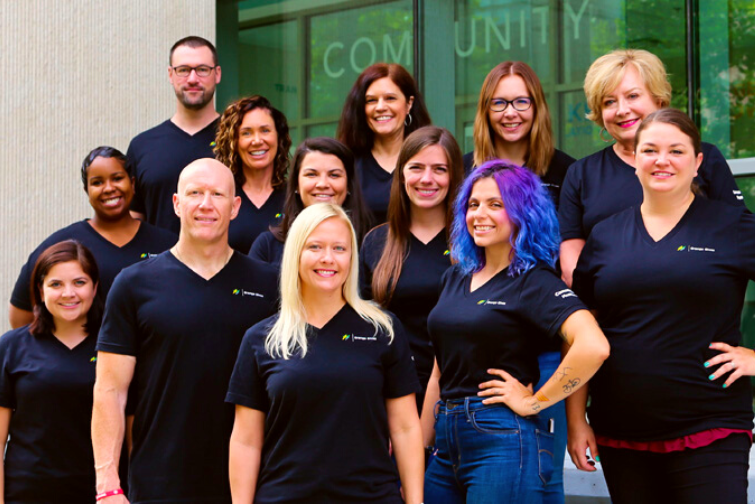9 Steps Toward Success at Networking Events


Via Columbus Young Professionals Club
By Ryan Conway, Networking Director for the Columbus Young Professionals Club
A goal without a plan is just a dream. Possessing or lacking a strategic framework for achieving your desired results can be the main factor differentiating a success and a failure. Open professional networking is no different. It’s a great way to expand your connections and unveil opportunity, but it can be intimidating if you don’t know what you’re doing or how to do it right. That’s why we offer this guide to making your next networking event experience a success!
1. Come with a Purpose
You don’t need any big lofty goals when you come to a networking event. No need to sell the whole room on yourself, or collect everyone’s business cards. Don’t even collect business cards, earn them through good conversations. Have three good conversations by the end of the event. That’s your S.M.A.R.T. goal – specific, measure, attainable, realistic and time-sensitive.
2. Bring Business Cards
You may believe in true love, but few great things happen in life solely off a first impression. It’s necessity to develop a new professional relationship over time (more on that in a moment), but you need the means to connect this interaction to the next and there’s no better way than a crisp, clean business card with your best means of contact — phone, email and your preferred social media platform or a website. That’s it. Photos are optional, but many people are visual so having a face to connect back to a name and a conversation is important.
3. Know What You Do
Script a few precise variations describing what it is you do. Use strong action verbs like provide, offer, and counsel and not do when describing what you do. “I provide services…”, “I offer opportunities…”, or “I counsel groups…” are great examples and transition well into for whom or what you do that for. Try stating your message in a few different ways to test out which ones are more effective in conversations.
4. Know How to Express Who You’re Looking For
You never know who or where an opportunity may arise, who knows who, so you should never disregard a person or a conversation on face value alone. The connections you make become first degree connections but each have a network all their own. How you tap into that network is by having a specific demographic you’re hoping to ultimately connect with. For example — if you’re a chiropractor, you wouldn’t ask to meet people seeking a chiropractor, but rather might say that you’re seeking to meet people that have had a recent injury and may be experiencing back pain. That’s a more specific scenario that can trigger someone’s thought process and help to make the connection.
5. Make an Effective Introduction
Here’s your script for success, your baseline for opening dialogue with new people at a networking event:
“Hi! I am [your name], I am [your job title] with [your company] and [your “What Do You Do?” message from above] for [your target demographic]. Tell me about yourself.”
That’s it. Plain and simple. Where the conversations go from there is completely organic, but this is a great jumping off point.
6. Ask Open-Ended Questions
Open-ended questions beg for a richer response and are great questions to be asking as you meet new people. These are ones that can’t be answered with a simple Yes or No. Transform questions like “Do you like your job?” into “What do you like about your job?” and you’ll learn a lot more about people and build a stronger connection.
7. Listening > Speaking
If you want people to know more about you, you must first learn more about them. People feel obligated to reciprocating the interest you show them. Give to get. Listen and learn. Remember those triggers I mentioned before to have for yourself? Seek out the triggers that are others are looking for, and if they don’t offer them then ask “What’s a good connection for you?” and discover.
8. Take Notes
Keep a notebook or notepad with you, and often write yourself small notes on those or on the business cards you’ve earned. Those trigger points are great or other small things you’d like to remember about that person. Put these notes in your contact database and hold onto them for the future. They’ll be important for the development of the relationship and make your next impression with them even stronger.
9. Follow Up
As it’s been alluded to in several points so far, a relationship needs to go beyond just the first impression at the networking event and you should be prepare for that. The good conversations, the business card, the triggers, the “What Do You Do?”, the open-ended questions that you listened to and took notes of — now it all comes to fruition. Follow up with that person. Tell them it was great to meet with them and you’d like to stay in touch. Grab a coffee. Go out to lunch. When you meet someone else that syncs with their trigger, make the introduction. Now that the person is honored by your introduction, the laws of reciprocity will once again apply as they too will seek to connect you with your target demographic and connect to your triggers.





